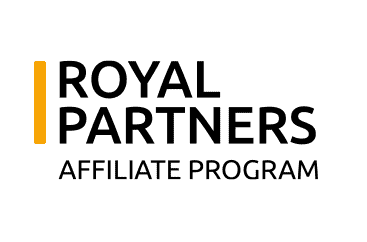Where do you start with brand online reputation management?

Online Reputation Management, or ORM, is something you might even be engaging with without realising. If you’re posting on social media from a brand account, there is a high chance this is what you’re doing. The point of Online Reputation Management, is, well, to manage a brand’s reputation online. You’re looking to cultivate and manage a brand’s reputation, usually with the help of social media content and your otherwise online presence. It can be used as a preventative measure to make future scandals not burn as bad, or avoid them entirely, or as a reactionary cause to an exposed flaw or scandal. Take a look at our beginners’ guide to Online Reputation Management.
The proactive approach
Proactive reputation management is the most ignored aspect of maintaining a brand’s reputation but is an important element. Think of it as insurance for your brand. If you are posting on social media as a brand, you need to be putting the work in to lessen the effect of future issues. It’s important no matter where you are in your business venture. New businesses, small businesses, large businesses, can all benefit from taking conscious steps to cultivate and maintain a brand reputation.
This proactive approach is particularly important if you are a new business without a large online presence. It isn’t just about what you post on social media, but your business website, your Wikipedia page, and your press content – or lack thereof. If you have none of it, you will see sales dip because users will find your business untrustworthy or unprofessional. So, while the choice might initially be between a good reputation, no reputation, and a bad reputation, it’s only between two because no reputation and a bad reputation are the same things.
And there are a lot of ways you can go about this. We cover social media content further down, but there is also the compliance aspect, and of course, the data. Taking preventative steps will be far cheaper down the road and will allow you to lessen the blow if something does occur down the road.
The reactive approach
The reactive approach is the side of public relations that the typical user is familiar with. Depending on how big the scandal is, and how your team decides to approach fixing things, it can look like a figurehead talking at a press conference or it can look like a Notes app apology. It can even look like headlines and comments that say, “Still no response from…”.
This is where a team comes in handy. They’ll have the know-how and the adaptability to know what the best next moves are. You taking a stab at it could be hugely detrimental, not only to our reputation but, if the scandal is big enough, to any legal proceedings.
But there are moves you can make to prepare for any eventuality. They aren’t fun to think about, but a public relations team can put together a list of crisis management plans that can be put to use in the event of [insert catastrophe here].
Where does content come into it?
Social media content has been instrumental to cultivating and maintaining a brand reputation. The first step is to pick a message or narrative and make sure it is implemented in your social media content. That can be a fun environment to work in, professional business operations, high-quality products, or content that is even more niche. The uptake in branded social media has allowed users a peek behind the curtain, and businesses to put their best foot forward.
But there is more to think about than your social media presence. A lack of online presence, as mentioned, is suspicious to users. They might think your business is unprofessional, doesn’t have the people or resources to maintain an online presence, or doesn’t have the will, which is an indicator of a scam. Take a look at your website and make sure it is optimised for customer service, which is the best way to keep a good reputation. But you might want to think about your Wikipedia page too and keep it up to date with your business history so that people can see that you know what you’re doing.
If the worst should happen, you’ll be happy that you’re up to date with your SEO too, as the new results of searching for your company online can come up with unfavourable articles and webpages. It’ll be easier to send that down the line with new content if your content has kept up with SEO.
If you are interested in more affiliate and social media marketing insights, take a look at our blog for all the latest news and advice. Or for a more personalised approach, book a free call with a member of our team.
Or, for the very best advice from industry peers, get your free tickets to gain access to our Amplify Virtual Summit. Coming in January of this year, Amplify aims to bring you the latest affiliate, performance, and partner marketing insights from across the globe. Don’t miss it.






